Rhinoplasty, also known as a nose job, reshapes the nose and involves a recovery period marked by different stages of swelling. The swelling that occurs after this surgery is a normal part of the healing process. Dr. Robert Glasgold, who has extensive experience in this field, provides important information on what patients can expect during their recovery from rhinoplasty.
Understanding the swelling stages is important for setting realistic expectations and can help make the recovery process go more smoothly. With the insights provided by Dr. Glasgold, patients can better manage the weeks following surgery and assess the results of their procedure with greater clarity.
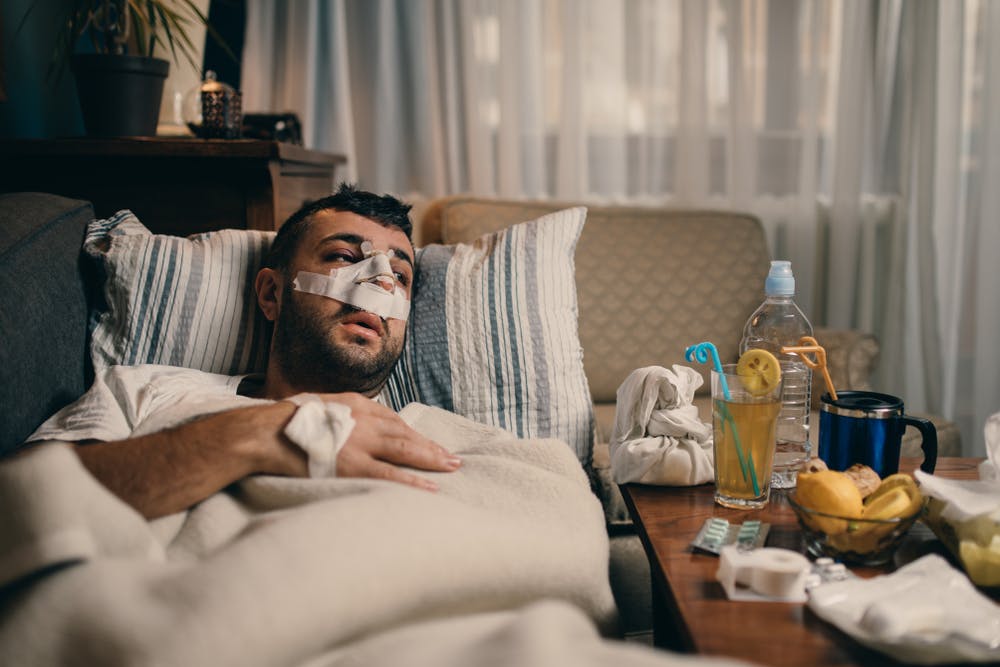
Understand Rhinoplasty Swelling Phases
- Swelling after rhinoplasty occurs in stages, starting with noticeable swelling right after surgery, which gradually reduces over time.
- The first 48 hours post-surgery involve the most significant swelling and some bruising, which is a normal part of the healing process.
- Most swelling decreases significantly within the first month, but subtle changes and reduction continue for up to a year.
- Elevating your head and using cold compresses can help manage swelling during the early recovery phase.
- Final results of a rhinoplasty are usually visible after the swelling has completely subsided, which can take up to 12 months.
Pre-operative Expectations and Preparation
- Rhinoplasty Recovery Process: Understand that recovery can differ from rhinoplasty patients, and your surgeon will personalize guidance.
- Consultation: During the rhinoplasty consultation, the skilled surgeon establishes clear expectations for both the rhinoplasty surgery and the recovery.
- Type of Rhinoplasty: Clarify whether you need primary rhinoplasty or revision rhinoplasty, and discuss the particulars, like the possibility of closed rhinoplasty approach to minimize scarring.
- Personalization: Rhinoplasty is tailored to individual needs, so engage in discussions during virtual consultations to address concerns.
- Post-Operative Swelling: Familiarize yourself with common aspects like swelling to better anticipate the rhinoplasty procedure outcome.
- Pre-Surgery Instructions: For a successful rhinoplasty journey, adhere to instructions like resting adequately, stopping certain medications, and dietary modifications, especially if a closed rhinoplasty approach is chosen.
Adhering to pre-surgery instructions is vital for a successful rhinoplasty journey. The closed rhinoplasty approach may require specific preparations to ensure optimal results. Follow your surgeon’s advice closely for a smooth experience.
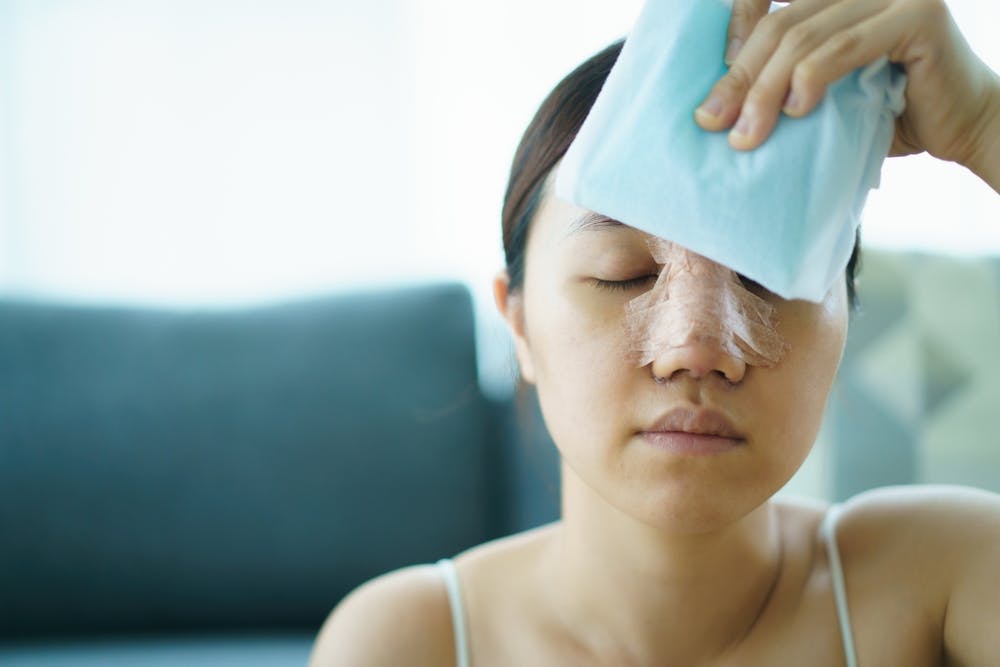
The first 48 hours after a rhinoplasty are critical for setting the stage for a smooth recovery. To manage initial swelling and discomfort effectively during this period, adhere to post-operative care instructions diligently, which can significantly influence the outcome.
- Ice Packs: Apply ice packs to the cheeks to help control swelling. Ensure to avoid direct contact with the sensitive nasal area.
- Nasal Drip Pad: Utilize a nasal drip pad to absorb any drainage. Change the pad gently to prevent irritation of the nose.
- Pain Management: Expect some pain after rhinoplasty. Manage discomfort by following the surgeon’s prescribed medication schedule.
- Resting Position: Keep your head elevated while resting, which aids in swelling reduction and lowers bleeding risk.
Following these steps will contribute to a quicker progression along the rhinoplasty recovery timeline. Health professionals will monitor progress during post-op visits, focusing on nasal health and the overall recovery of post rhinoplasty patients. Integrating these care instructions into your routine is beneficial for recovery in the days following surgery.
Immediate Post-operative Phase (0-48 hours)
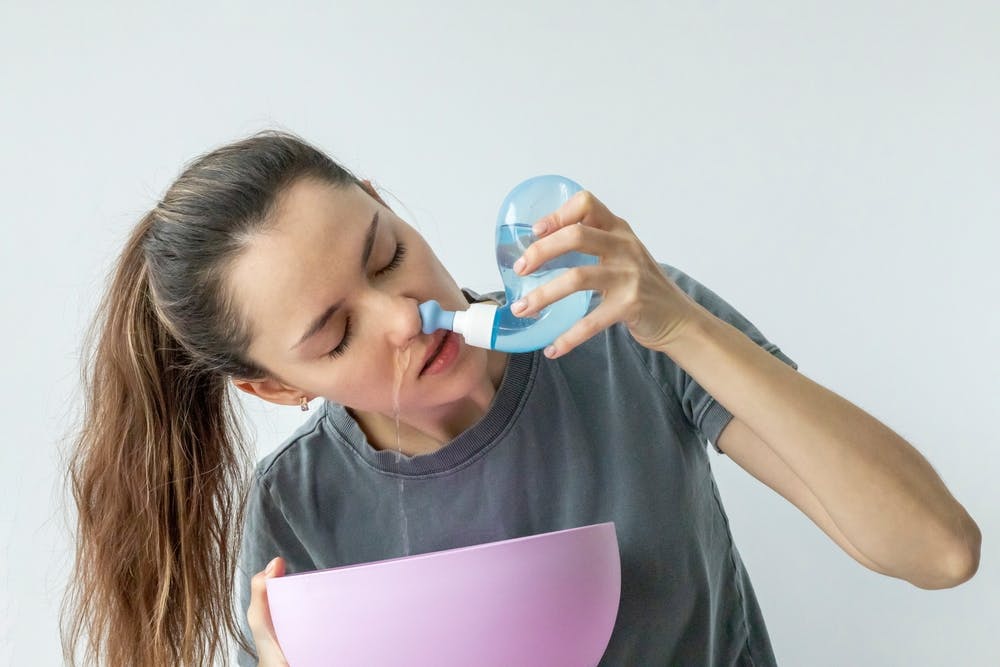
The first week after rhinoplasty is key to managing the acute swelling stage. It is important to monitor swelling reduction every day following the procedure. After the operation, swelling typically reaches its peak within the first few days, which is common and to be expected during the early-on care.
To effectively manage the acute swelling stage:
- Keep the head elevated: At all times, including during sleep, to decrease fluid build-up around the surgery area.
- Use saline nasal spray: To maintain moisture in the nasal passages, which aids healing and prevents irritation of sensitive inner nasal tissues.
- Apply cold compresses: Helpful in minimizing acute swelling, but ensure not to place ice directly on the skin to prevent ice burns.
In the stages after rhinoplasty, particularly within the first seven days, diligent adherence to these practices is vital. By following these recommended steps, patients can better manage swelling and progress through the rhinoplasty recovery stages more comfortably.
The Acute Swelling Stage (2-7 days)
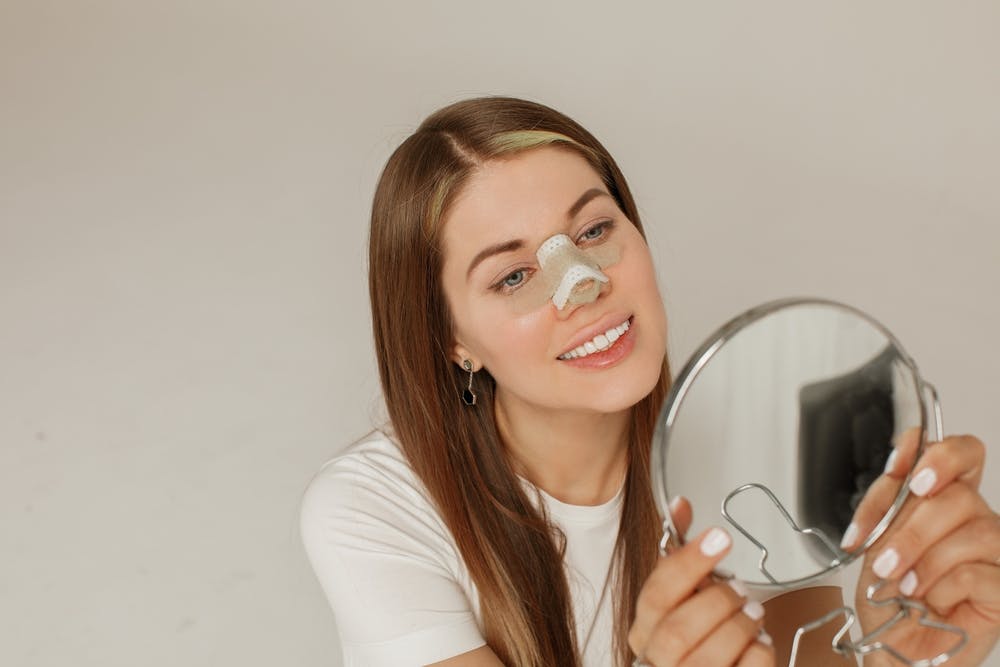
Following a rhinoplasty, the subacute swelling phase occurs from the end of the first week and can last up to three weeks. Key points to remember include:
- Noticeable Swelling Decrease (1-2 weeks): Initially, the evident swelling from the surgery reduces, revealing changes in nasal shape.
- Residual Swelling Management (2-3 weeks): Residual swelling becomes less obvious but persists, possibly accompanied by nasal congestion which can be alleviated with a nasal spray, pending surgeon approval.
- Week by Week Progress: Subtle changes become evident, with the nose’s contour becoming more defined as it is safe to resume gentle exercise gradually.
- Exercise Integration: By the end of the third week, a transition to moderate exercise may be possible, following your surgeon’s recovery plan to ensure proper healing.
Patience is vital throughout this phase, as the slow resolution of residual swelling contributes to the week by week improvement, leading up to the final result of the rhinoplasty. Each step forward brings you closer to realizing the complete benefits of the procedure.
Subacute Swelling Phase (1-3 weeks)
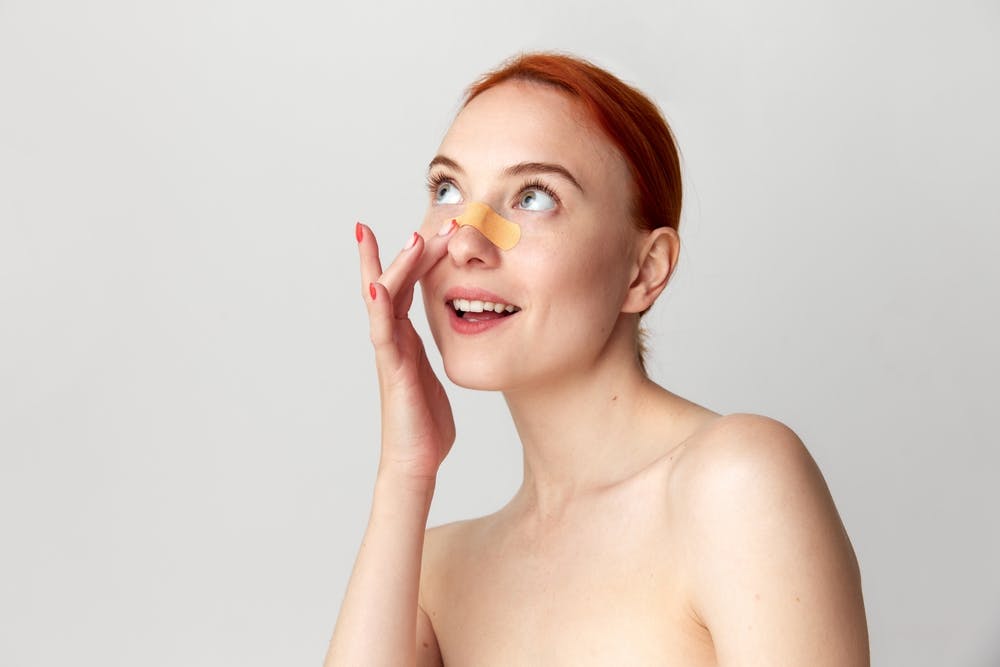
During the intermediate phase of swelling after rhinoplasty, patients will notice fluctuations in swelling, which can change from day to day. Notable reduction in swelling is often seen around the 3-4 week mark.
From weeks 3 to 6 post-procedure:
- Avoid rigorous activities including heavy lifting, weight-bearing exercises, and strenuous exercise to prevent increased swelling.
- Follow a diet rich in anti-inflammatory foods and essential nutrients to support healing.
- Ensure you drink plenty of water, aiding in swelling reduction and overall recovery.
Adherence to your surgeon’s advice during this period is crucial for optimal rhinoplasty results. Continue with the recovery plan provided, stay in tune with your body’s signals, and engage in open communication with your surgeon regarding any swelling or post-operative concerns.
Intermediate Swelling Phase (3 weeks to 3 months)

- 3-6 Months After Rhinoplasty: The swelling, particularly around the nasal bridge, reduces considerably, defining the shape of the nose. A healthy diet and ample rest support healing during this phase.
- 12-18 Months Post-Procedure: The nose structure should closely resemble its final form, though minor changes may still occur, more so for individuals with oily skin as thicker skin adjusts slowly to the new contours.
Ongoing Care Considerations:
- Protect the nose from injury and extreme temperatures.
- Maintain regular check-ups with your surgeon to monitor healing.
- Address any persistent bruising or swelling.
- Establish a skin-specific routine to manage oily skin if needed.
- Engage in gentle exercise while avoiding contact sports to prevent injury.
- Follow your surgeon’s advice diligently for optimal recovery.
Long-Term Healing and Swelling Resolution (3-12 months)

One year after surgery, people generally see the final results of their rhinoplasty. Reaching the one-year mark is meaningful as it signifies the nose after rhinoplasty has fully healed and taken on its new form. Swelling that might distort the nasal appearance has typically diminished by this time, allowing the finer details of the surgical work to be visible.
- The rhinoplasty recovery timeline includes the period up to the one-year mark, indicating the completion of the healing stages.
- The majority of the rhinoplasty recovery stages and time occurs in the initial months following the procedure, with the understanding that subtle changes can continue to develop beyond this timeframe.
- Evaluating the nose after rhinoplasty at this point helps patients measure the procedure’s success against their goals.
If there are issues or dissatisfaction with the nasal appearance or any aspect suggesting the need for adjustments, this stage marks the appropriate time to consult your surgeon about post-operative concerns or revision rhinoplasty. This is also the opportune moment to assess the long-term results and address any final concerns related to the completion of the healing stages after reaching the one-year mark.
Beyond One Year: Evaluating the Final Outcome
Conclusion
If you need expert advice on nose surgery and how to recover from it, it’s a good idea to book a meeting with Dr. Robert Glasgold. He’s a highly qualified facial surgeon who’s known for getting natural-looking results. Dr. Glasgold specializes in nose surgeries and knows how to take care of every patient’s unique needs, making him a reliable option in New Jersey.
To learn more about your choices and how to prepare for your surgery with peace of mind, contact The Glasgold Group to schedule a consultation.



